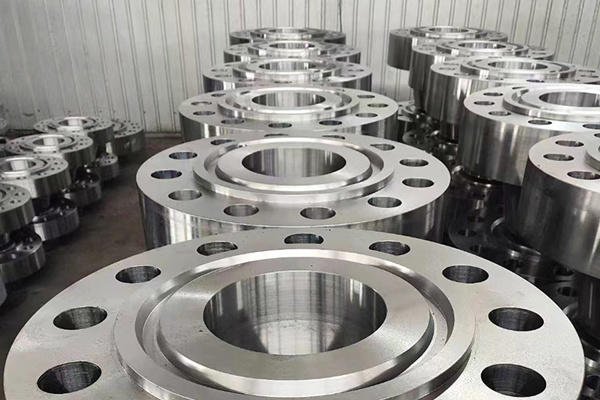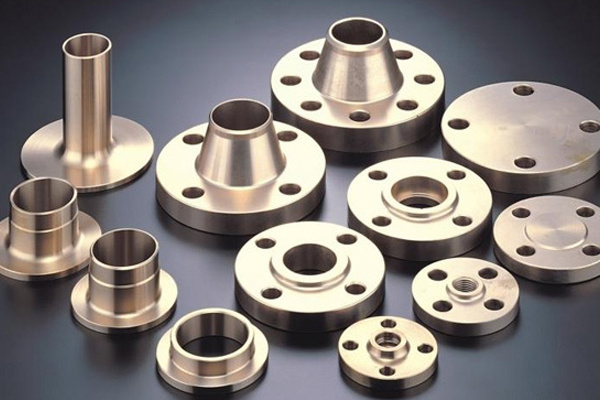Elbow processing temperature and bending degree control measures
2024-12-06
Elbow processing temperature and bending degree control measures play a crucial role in ensuring the quality and performance of the final product. Elbows are a common component in piping systems, used to change the direction of flow. They are typically made of materials such as carbon steel, stainless steel, or copper, and are often required to meet specific temperature and bending degree requirements.
One key control measure for elbow processing temperature is to ensure that the material is heated to the appropriate temperature before bending. This is important to prevent material cracking or deformation during the bending process. The temperature at which the material is heated will depend on the specific material being used and its properties. It is essential to follow the manufacturer's guidelines or consult with a materials expert to determine the correct temperature for the particular material.
Another important control measure is to monitor the bending degree during the bending process. The bending degree refers to the angle at which the elbow is bent and is typically specified in degrees. It is crucial to ensure that the elbow is bent to the correct degree to meet the requirements of the piping system. This can be done using tools such as a protractor or a bending machine that is calibrated to the desired angle.
To control the bending degree, it is essential to have skilled operators who are trained in the proper bending techniques. They should be able to accurately measure and adjust the angle of the bend to meet the specified requirements. Additionally, using fixtures or templates can help ensure that the elbow is bent to the correct degree consistently.
In addition to these measures, it is important to conduct regular inspections and quality checks throughout the elbow processing process. This can help identify any issues or deviations from the specified temperature or bending degree early on, allowing for corrective action to be taken before the final product is completed.
Overall, controlling the temperature and bending degree during the elbow processing process is essential for ensuring the quality and integrity of the final product. By following proper procedures, training skilled operators, and conducting regular inspections, manufacturers can produce high-quality elbows that meet the requirements of the piping systems they are used in.
Key words:
Professional manufacturing
Pipe fittings
RELATED INFORMATION
API 6A TYPE 6BX flanges and blinds in ANSI/API Spec 6A specification
2024-05-22
The Essential Guide to Carbon Steel Plate Flanges in Construction and Decoration
2024-05-22












